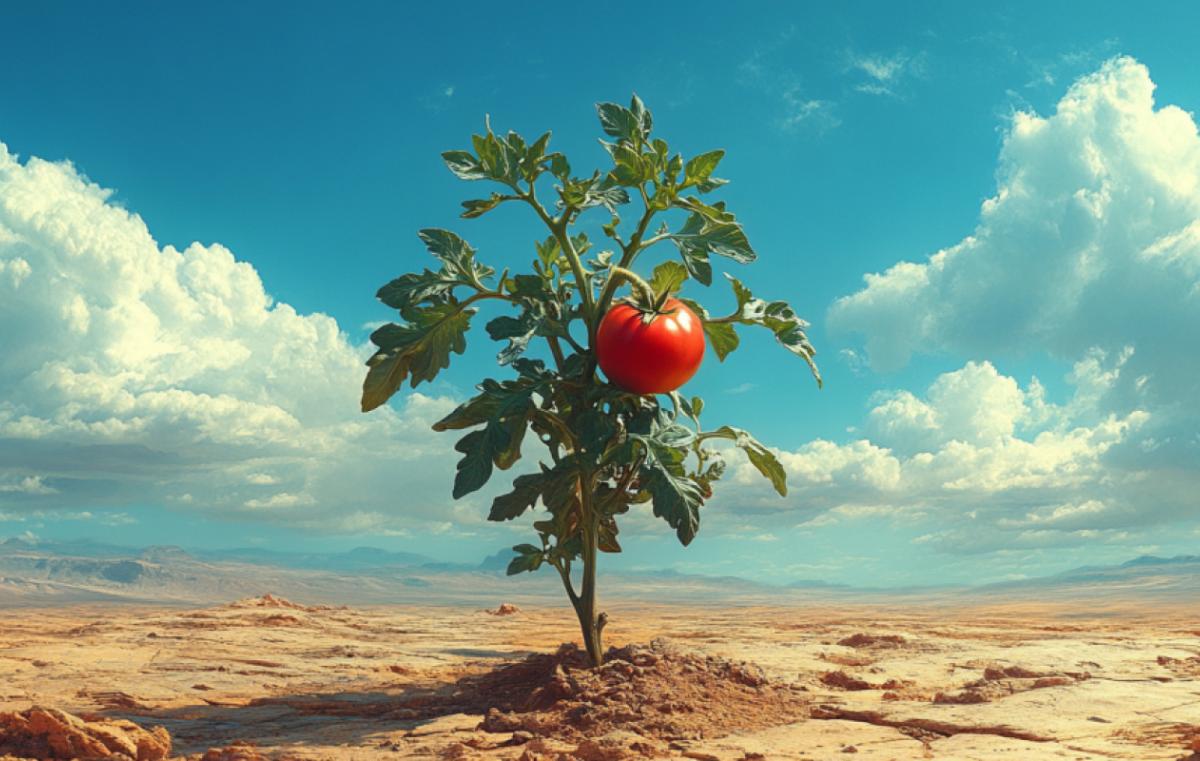Ancient Farming Secrets to Solve Modern Water Crisis
A new study reveals how 1,000-year-old techniques learned from the Islamic golden age might feed our thirsty world

Hidden beneath the sands of time, a revolutionary farming system from the early Islamic period might hold the key to feeding our increasingly water-stressed world. A new international study, led by Bar-Ilan University and the Israel Antiquities Authority, has uncovered remarkable agricultural innovations that could transform how we grow food in arid regions.
These ancient farmers didn't just survive in sandy, water-scarce environments - they thrived. Their secret? A clever system called Plot-and-Berm (P&B) that turned seemingly useless sandy soil into fertile ground. By harvesting groundwater and enriching soil with urban organic waste, they created sustainable gardens that produced watermelons, dates, grapes, and vegetables in places where modern farmers might struggle.
What makes this discovery particularly exciting is its potential global impact. Similar systems have been found across a vast region - from Iran to Egypt, Algeria to Spain, suggesting these techniques were both effective and adaptable. While the original Israeli systems were abandoned during the Crusader period, variations of these methods continued to evolve and are still used today in places like Iran, Algeria, and the Gaza Strip.
The study, funded by the Israel Science Foundation, reveals how these ancient systems did something remarkable: they maintained stable groundwater levels over long periods, creating reliable water sources in arid regions. This achievement is particularly relevant today, as many regions face declining water resources and growing populations.
Perhaps most intriguingly, these early Islamic agricultural innovations were so advanced that it took about 400 years for similar techniques to resurface. The systems saw a revival in the 15th century, possibly driven by the need to cultivate new fruits and vegetables arriving from the Americas and arid regions.
While modern industrial farming has its place, these traditional methods offer valuable lessons for sustainable agriculture. They demonstrate how communities can farm successfully with minimal environmental impact, particularly in water-stressed regions. As climate change threatens global food security, these ancient techniques might provide a blueprint for resilient, community-based farming systems that work with nature rather than against it.
This research, published in Environmental Archaeology, suggests that sometimes the best solutions to modern problems might be found in our past. As we face unprecedented environmental challenges, these thousand-year-old farming techniques could help light the way toward a more sustainable agricultural future.
How would you like to impact the vast archeological research conducted at BIU? Click here for more information.